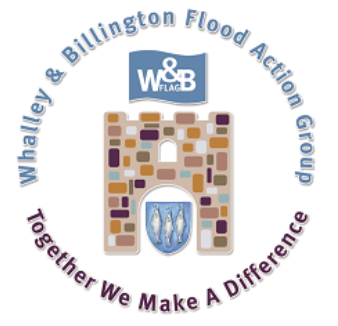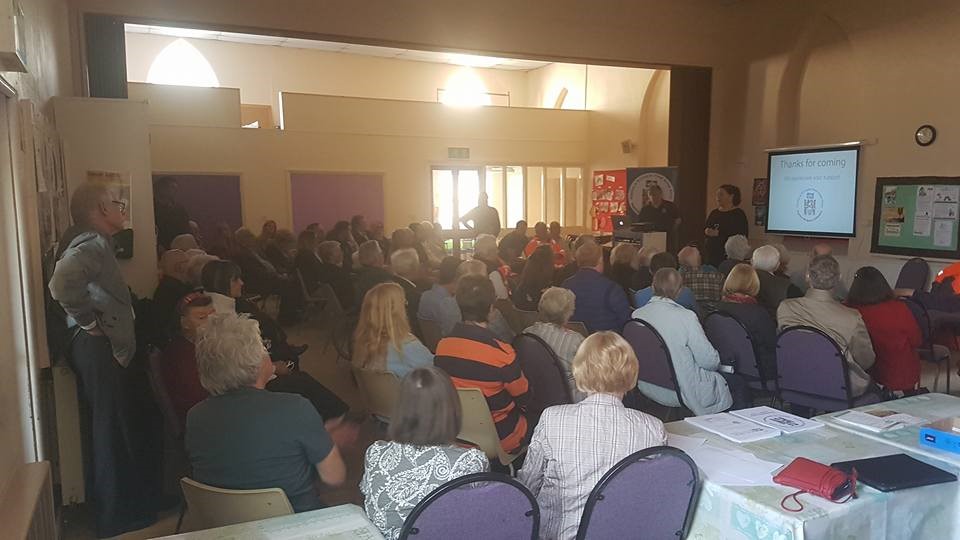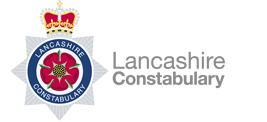Preparing Your Community
What are the risks around where I live?
Have you read about how risks are identified nationally and what the local risk context is for your area? Useful information on this is available through the Risks in Lancashire page, and this is important, because if you don't know what the risks are, how can you try to plan to overcome these?
Some top risks for Lancashire are;
• Flooding
• Loss of essential services (e.g. electricity/gas/water)
• Cold weather and snow
• Heatwave
• Storms and gales
This is not an exhaustive list of things that could happen in your area. It is important to take into account your community's own risks – which potential threats and hazards could impact you?
How prepared is your community?
Community resilience is something many people and communities already do. It is not about creating or identifying a new community network, or a one-off response to an incident, but rather an ongoing process of using and enhancing existing relationships.
Consider what already exists around you, who you already talk to, and how you could work together before, during and after an incident. You could look to existing local community networks and groups within your community to see if they can get involved or fit resilience into their agenda, for example parish councils, Neighbourhood Watch groups, Scout groups, residents associations, youth groups etc.
Does your community already have a plan or group? Click on our resilient communities map below to find out.
You could hold an open meeting in which people can discuss their priorities for the plan and identify who is interested in helping to create it.
What good practice is happening around Lancashire?
CASE STUDY: WHALLEY & BILLINGTON FLOOD ACTION GROUP

After the Boxing Day floods caused by Storm Eva in 2015 the Whalley & District Lions Club stepped in to support the recovery of the village. This included;
• Arranging volunteers to support the clean up
• Working as a liaison with the local authorities to assist residents with issues such as housing
• Helping residents claim grants (Whalley & Billington achieved a 67% take up which was higher than most of the country)
• Supporting residents in a variety of ways – with information, cleaning up homes and recycling
Stemming from this community support, the Whalley & Billington Flood Action Group was set up in April 2016 with three leads, all assisting in different ways. The group looked at short, medium and long term needs for their communities.
In the beginning some of the actions carried out by W&B FLAG were;
• Putting together a localised flood action plan which fed into the Lancashire Resilience Forum's plans. This included a flood warden list, a list of people who want to help the community should flooding occur again.
• Applying for grants to equip their community which some resilience equipment (like hydrasacks, pumps and radios)
• Liaising with many agencies/MPs/Councillors to gain the best support network to deal with future incidents
• Communicating with residents through newsletters, Facebook pages and meetings to involve and inform them of the group's actions and invite them to participate
• Putting CCTV and emergency numbers at places were flooding was more likely to happen to help warn and inform if it looked like an incident could occur

The group has attended 7 flood incidences since 2015 and have managed to save properties from being flooded. By working together the group has enhanced any support and assistance provided by statutory bodies and ensured that their voice has influenced what has happened in their own community.
Whalley & Billington FLAG now has a high number of residents willing to assist in times of difficulty and they have ambitious long term plans to stop flooding impacting their community.
For more information on this group please visit the Whalley and Billington Flood Action Group website.
What resources would I need to start a community emergency group?
There is very little needed in the way of resource to start a group, for example you do not need lots of expensive equipment. There are however a few things to consider:| A community emergency plan | This is a template designed for you to fill in your community emergency preparations. More information available in What is a Community Emergency Plan? A free template and guidance document has been designed for communities to use to make the plan writing process as easy as possible through the Lancashire Resilience Forum. |
| Constitution & safeguarding documents | It is advisable on setting up a community emergency group that a constitution and safeguarding procedure are in place. This can open up funding streams and generally protect members of the group. Templates are available which give a base and can be adapted for use. See How do I write a Community Emergency Plan? to find out how to access these within the guidance document produced by the Lancashire Resilience Forum. |
| Insurance | Many communities see insurance and liability as a barrier to preparing their community for emergencies. While liability is for the courts to decide, a common-sense approach to helping each other is required. If you are operating through a parish council area, you may be able to use the parish council's public liability insurance. More information is available on insurance within the guidance document available from the Lancashire Resilience Forum. See How do I write a Community Emergency Plan? to find out how to access this. |
Funding can be available to groups through different organisations and charities. If you decide to start a group and create a plan, your local emergency planning officer will be able to point out any funding streams that you may be able to access/apply for.


